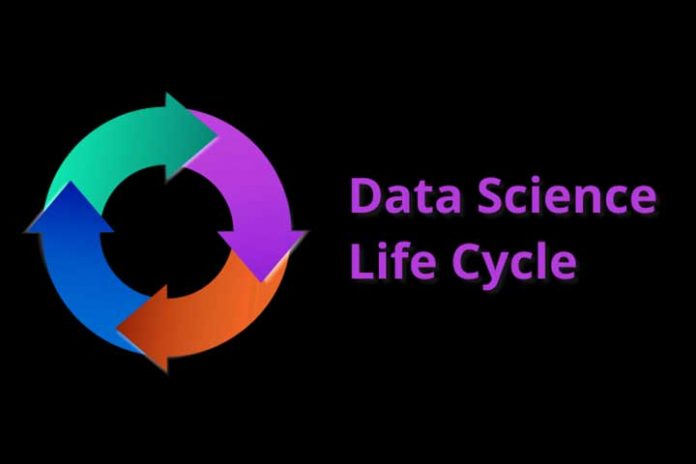The Data Science Lifecycle focuses on using machine learning and various analytical methodologies to generate insights and predictions from data to achieve a commercial, corporate goal.
A Data Science Life Cycle is a specific approach that consists of seven key components. This blog will help you acquire knowledge of all of them and the Data Science Life Cycle as a whole.
1. Business Understanding
The entire cycle revolves around the company’s aim. What will you do if you don’t have a specific problem? It is critical to comprehend the company goal thoroughly because it will be the ultimate purpose of the investigation. Only when we have established a desirable perception can we specify the specific goal of analysis that is in line with the corporate goal.
2. Data Understanding
Following business understanding, the next phase is data comprehension. It is a list of all the data that you may access. Here, you must work closely with the organization since they know what information is available, what data you should use for this venture, and other information.
3. Preparation of Data
The following stage is data preparation. It includes selecting relevant data, integrating it by merging data sets, cleaning them, addressing missing values by deleting or imputing them, treating erroneous data by eliminating it, and testing for and dealing with outliers using box plots. The most time-consuming but possibly most crucial phase in the entire existence cycle is data preparation, as your prototype will be as precise as the data you use.
Also Read: What Training To Work On The Internet?
4. Exploratory Data Analysis
Before developing the actual model, this phase entails understanding the solution and the factors influencing it. The distribution of data within different variables of a character is investigated graphically using bar graphs. Relationships between different features are represented using graphical representations such as plots and maps.
5. Data Modeling
The heart of data analysis is data modeling. A model takes structured data as input and produces the desired result. This phase entails selecting the appropriate model type, depending on whether the challenge is a classification problem, a regression challenge, or a clustering problem. To know more about these steps, you can sign up for an online data science course that will cover these phases in more detail to help you know about the data and extract information.
6. Model Evaluation
The model is tested here to see if it is ready for deployment. The model is tested on previously unknown data and assessed using well-developed assessment measures. We also need to ensure that the model corresponds to reality. If we do not obtain a quality result in the evaluation, we must repeat the entire modeling approach until the desired metrics stage is obtained.
7. Model Deployment
Following a thorough evaluation, the model is finally implemented in the selected structure and channel. It is the final phase of the data science life cycle. You must diligently pursue each phase in the data science life cycle described above. If any step is executed incorrectly, it will influence the next step, and you will waste the entire effort.
Conclusion
These are the seven fundamental elements of a Data Science Life Cycle that every Data Science student should know. However, it is not only fundamental data skills that are required. The ability to give a clear and actionable perspective is one of the most significant skill sets to have. If you are curious to learn about data science, check out the data science and analytics course from Great Learning.
Also Read: Influencer Marketing For Tech Companies


